Do I have a spot that would be a good bog garden?
bunkers
16 years ago
Related Stories
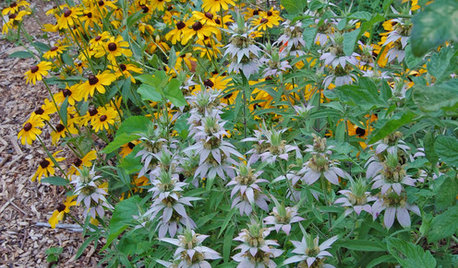
GARDENING GUIDESGreat Design Plant: Spotted Beebalm (Monarda punctata)
Looking for unusual, long-lasting blooms, low maintenance and deer resistance? Try this self-sowing perennial
Full Story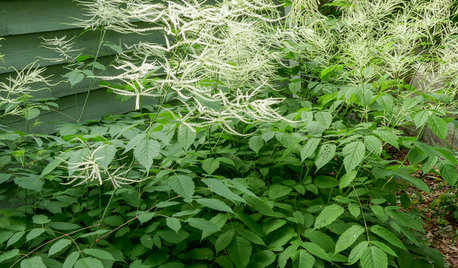
FLOWERS AND PLANTSAruncus Dioicus Is a Stately Plant for Shady, Moist Garden Spots
Plant goat’s beard in perennial and woodland gardens. Its large white spring blooms attract bees, beetles and butterflies
Full Story
GARDENING GUIDESHow to Fix Bare and Yellow Lawn Spots
Restore your turf’s good looks by reseeding unsightly patches
Full Story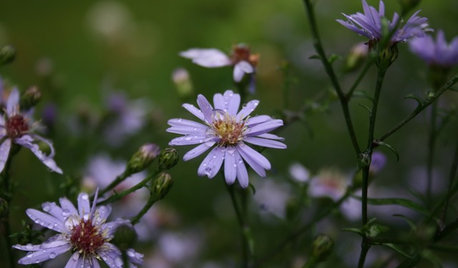
FLOWERS6 Overlooked Asters for Tough Spots
Whether your garden has baking sun or dry dense shade, boggy soil or sandy gravel, there's an aster for that
Full Story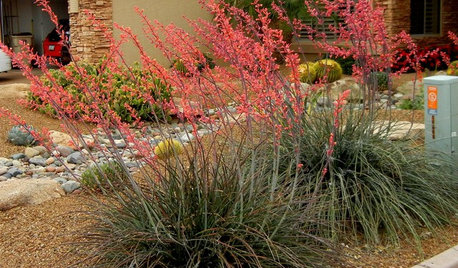
GARDENING FOR BUTTERFLIESGreat Design Plant: Red Yucca Spikes Dry Spots With Color
Neither heat nor cold nor lack of water fazes this flowering succulent, which adds spiky texture to Southwestern landscapes
Full Story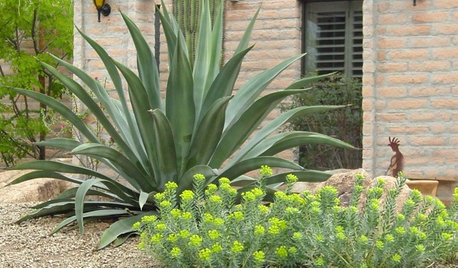
GARDENING GUIDESHow to Spot a Drought-Tolerant Plant
Label? Who needs a label? Learn the characteristics of plants that can thrive in hot, dry conditions to help you pick the right ones
Full Story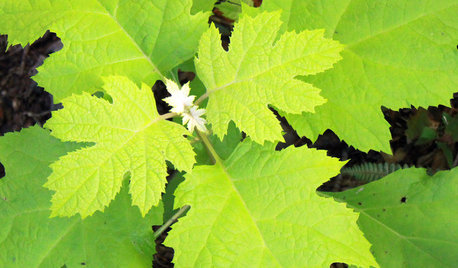
LIME FOLIAGE5 Gold Plants to Illuminate Shady Garden Spots
Dark garden corners don't have to mean deep, monochromatic color. Gold plants brighten the landscape with shots of luminosity
Full Story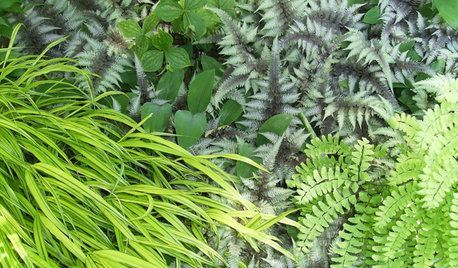
GARDENING GUIDES6 Fantastic Ferns to Enliven Shady Garden Spots
For long-term interest with little upkeep in challenging conditions, ferns might just be your garden's new best friend
Full Story
LANDSCAPE DESIGNPretty Trees for Patios, Paths and Other Tight Spots
Choose trees for their size, shape and rate of growth — or shape them to fit your space. Here's how to get started
Full Story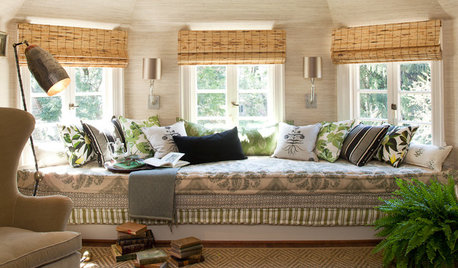
LIFESimple Pleasures: Cozy Up Your Reading Spot
Losing yourself in a good book is even better with these ideas for reading comfortably all around the house
Full StorySponsored
Your Industry Leading Flooring Refinishers & Installers in Columbus






bunkersOriginal Author
bunkersOriginal Author
Related Professionals
Clark Landscape Architects & Landscape Designers · Forest Park Landscape Architects & Landscape Designers · Billerica Landscape Contractors · Braintree Landscape Contractors · Burlington Landscape Contractors · Concord Landscape Contractors · Costa Mesa Landscape Contractors · Desert Hot Springs Landscape Contractors · Petaluma Landscape Contractors · Point Pleasant Landscape Contractors · Wheat Ridge Landscape Contractors · Maplewood Roofing & Gutters · Aliso Viejo Siding & Exteriors · Black Forest Siding & Exteriors · Racine Siding & Exteriorsgardenphotographer
bunkersOriginal Author
gardenphotographer